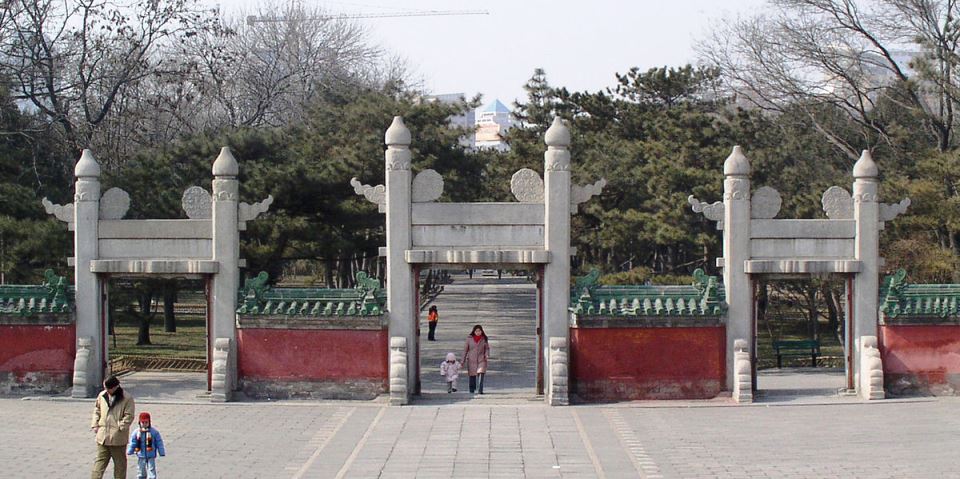Beijing, China changed radically in the 20th century, especially after the Communist takeover in 1949. Its great city walls and many of its temples and distinctive alleys, or hutong, were destroyed to make way for the new ideals of an atheistic, industrial society.
The 1980s brought economic reforms and uncontrolled real estate development, which wiped out almost all of the rest of the old town. Lost was a vast medieval city of 25 square miles and also a way of life, just as the local cultures of the world’s other great cities have been swamped by our restless times.
China had enjoyed three decades of fast economic growth and government coffers were overflowing. Besides aircraft carriers, the Olympics and high-speed rail, it spent its money on parks and greenery.
The Temple of the Sun is an altar located in Chaoyang District of Beijing. It is within Ritan Park, in the Jianguomen neighborhood. The altar was built in 1530 during the late Ming Dynasty for use in ritual sacrifice to the sun by the Emperor of China. The area surrounding the Ritan temple is now a public park, and the site features extensive gardens and a small lake. Not surprisingly (to anyone familiar with the concepts of yin and yang), the Temple of the Moon is on the opposite side of Beijing.
Like virtually every landmark in Beijing, the Temple of the Sun was badly damaged during the Cultural Revolution. This was a period of radical Communist violence from 1966 to 1976, when every place of worship and many symbols of the past were attacked.
The Temple of the Sun has now gained grass, new trees, flower beds of tulips in the spring and geraniums in the summer and stands of bamboo that are so foreign to this colder part of China that they have to be laboriously bundled up against the cold each autumn.
Best of all — or worst, depending on your selfishness — the authorities also got rid of the entrance fees. Suddenly the park was part of the city, embraced by residents eager for activity. Unlike years ago, many Chinese now want to exercise, and so the park is now filled with joggers in black spandex sprinting past restaurant workers in greasy smocks.
The authorities run a tiny museum that exhibits, as if real, recreations of the smashed altar pieces. It has also put a big steel fence around the altar to show its earnestness in protecting cultural heritage. And it has erected an information board explaining the temple’s history while excising all mention of the Mao-era losses. The goal: assuring Chinese that the Communist Party, which once attacked tradition, is now its guardian.
But over the past decade or so, Chinese have been searching for meaning in their lives. After decades of adopting foreign ideologies like fascism, communism, and neo-liberalism, they wonder what remains of their culture. Temples like White Cloud and belief systems like Taoism are part of this search for answers.
And so the government has invested heavily in religions like Taoism, Buddhism, and folk religion. The White Cloud Temple is also attempting to reclaim some of China’s traditional medical heritage by opening a clinic in a newly refurbished wing of the temple. The state also built a new Taoist academy to train priests. Slowly, a Taoist revival has spread across China.
Photo of Ritan Park’s Sun Gates in 2009 by Kevin Dooley via Wikipedia.

